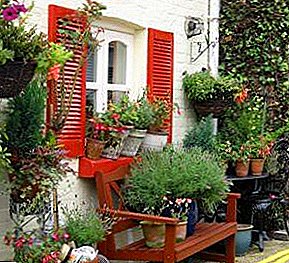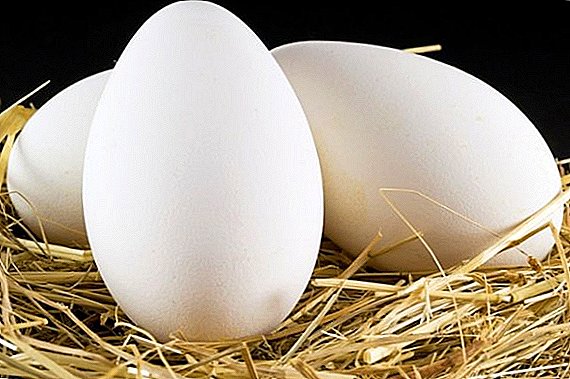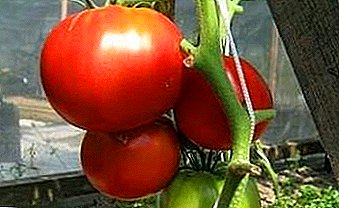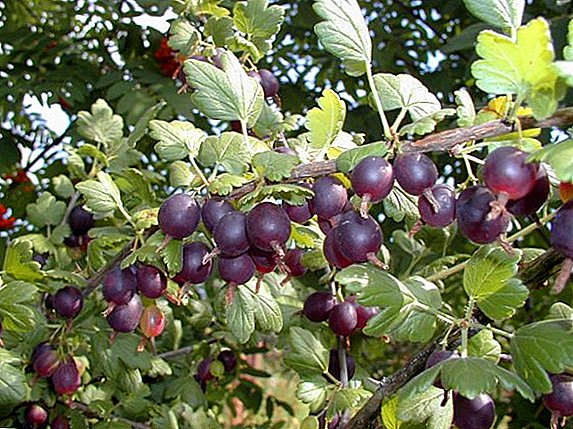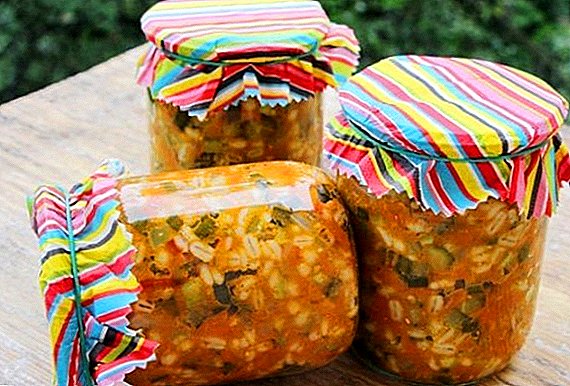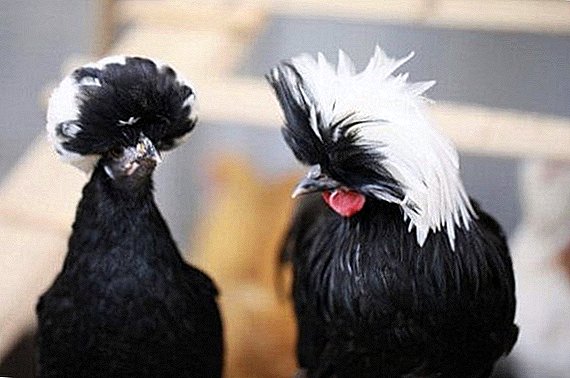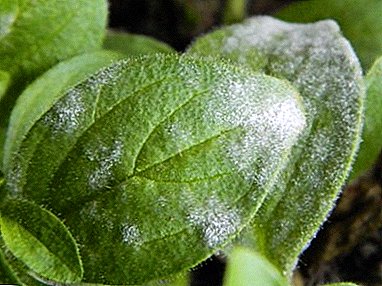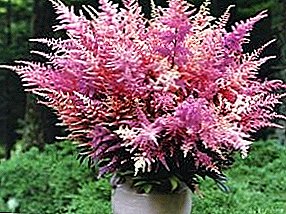 Astilba - shade-tolerant, perennial plant that loves wet soil. Height varies from 30 to 150 cm, depending on the variety. Flowering also depends on the variety.
Astilba - shade-tolerant, perennial plant that loves wet soil. Height varies from 30 to 150 cm, depending on the variety. Flowering also depends on the variety.
You can make a garden composition with the use of different types of Astilbe, which will delight with its flowering the whole season.
In nature, most often grows on the moist shores of lakes and rivers, as well as in mountainous areas. Not only airy brooms of various colors, but also carved foliage, make this plant indispensable for a long-playing garden.
Astilbe needs division 4-6 years after landing. Understand when you need to rejuvenate the bush, you can by the intensity of flowering.
Features of growing asters in your garden.
Secrets of growing roses from cuttings //rusfermer.net/sad/tsvetochnyj-sad/vyrashhivanie-tsvetov/uhod-za-rozami-v-sadu-kak-vyrastit-rozovyj-kust-samomu.html
Find out here how to grow chrysanthemums.
Breeding astilb
Astilba reproduces in three ways, the first of which is the division of rhizomes mainly in spring, although autumn time is also permissible. When dividing in the fall, it is important to know that the plant needs about a month before frost to recover.
 The second method is reproduction by sowing seeds; this is necessary for the breeding of new species. Gardeners usually do not use this method, as the seeds often do not have time to ripen. If the coveted bag purchased in the store, then all actions are similar to the reproduction in this way, many perennial flowers.
The second method is reproduction by sowing seeds; this is necessary for the breeding of new species. Gardeners usually do not use this method, as the seeds often do not have time to ripen. If the coveted bag purchased in the store, then all actions are similar to the reproduction in this way, many perennial flowers.
At the beginning of March, surface sowing of seedlings is done (seedlings hatch for 12-15 days), watering, diving in the phase of two true leaves and planting in the fall in open ground with mandatory shelter for the winter. Saplings will delight in flowering for 3-4 year.
The third method is kidney renewal. It is advisable to carry out this operation in early spring, while there is no foliage and only growth buds are visible. Without digging the plant, you need to cut the kidney with a small part of the root system.
Gardener on the note - Peonies, planting and care.
Read about the best varieties of lilac //rusfermer.net/sad/tsvetochnyj-sad/vyrashhivanie-tsvetov/sorta-sireni-kazhdyj-kust-prekrasen-na-individualnyj-maner.html.
Astilb planting and care
You need to start by choosing a landing site. Astilba prefers moist places lit in the morning. The midday sun can lead to the cessation of flowering, disease and wilt.
 Many varieties can grow in places with groundwater close to the surface and withstand short-term flooding. Having chosen the place, it is necessary to prepare the landing holes (distance 30-40 cm).
Many varieties can grow in places with groundwater close to the surface and withstand short-term flooding. Having chosen the place, it is necessary to prepare the landing holes (distance 30-40 cm).
They make humus, half a cup of bone meal and complex fertilizer. We plant and mulch the soil by 4-5 cm. Mulch can be very diverse: peat, bark, gravel, mowed grass. It is not recommended to use fresh sawdust in this quality - they make the soil acidic. The plant after planting requires frequent watering for two weeks.
Care is a mandatory abundant irrigation during dry periods, weeding, shallow loosening and mulching of the soil. Fertilizers before flowering produce infusion from herbs or complex fertilizers, after flowering - phosphorus-potassium. Faded stems cut off.
With proper care, the disease is almost not damaged. In autumn, the base is covered with fertile soil, as the root system grows upwards. For the winter of Astilbe, it is advisable to cover it with lapnik to avoid freezing in winters with little snow.
We build a country toilet with our own hands.
Learn how to make a garden bench with your own hands //rusfermer.net/postrojki/sadovye-postrojki/dekorativnye-sooruzheniya/tehnologiya-sozdaniya-sadovoi-skamejki-dlya-dachi-svoimi-rukami.html.
Use astilb in your flower garden
BUT Stilba looks great in mixed plantings and individual bushes. Low-growing varieties can be used in stone compositions and borders. Perfectly suitable for registration of reservoirs.
Stilba looks great in mixed plantings and individual bushes. Low-growing varieties can be used in stone compositions and borders. Perfectly suitable for registration of reservoirs.
It is advisable to choose such neighbors who would not close its foliage, pleasing the eye the whole season. It is combined with hosts, geyhery, ferns, bergenia and lily of the valley.
In late December, put in a well-lit place. Begin to water, gradually increasing the volume of liquid and temperature. By March 8, flower stalks appear.


 Features of growing asters in your garden.
Features of growing asters in your garden. Gardener on the note - Peonies, planting and care.
Gardener on the note - Peonies, planting and care. We build a country toilet with our own hands.
We build a country toilet with our own hands.
